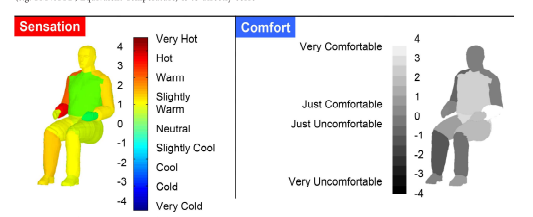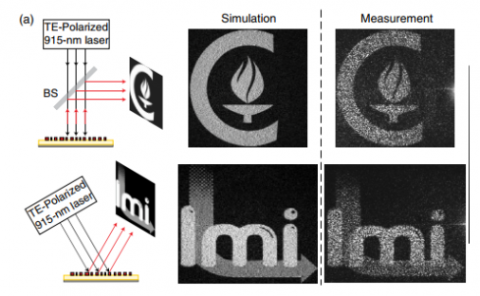Thermal Comfort Considerations for Electronics Cooling and Design
PubDate: Mar 2022
Teams: Meta
Writers: Mark Hepokoski, Alex Ockfen
PDF: Thermal Comfort Considerations for Electronics Cooling and Design

Abstract
ASHRAE defines thermal comfort as “that condition of mind that expresses satisfaction with the thermal environment” [1]. While engineers and designers are typically familiar with the thermal safety and compliance standards required in their industry [2], thermal comfort is less well understood and often treated as an afterthought in the design process. However, thermal comfort should be considered early in any product development process. Not only are thermal comfort thresholds lower than their safety counterparts, but thermal comfort-related misses can hinder the success of a design due to factors such as poor product reviews.
As illustrated in Figure 1, the human body is often cooler than commercial electronic items, such as laptops or mobile phones. If the heat flux resulting from immediate and/or prolonged contact with an electronic device negatively impacts comfort, satisfaction with the product will consequently also be negatively affected. In light of this, comfort in the consumer electronics industry is expected to become increasingly important as people become more directly coupled with their electronics devices. This primarily is being observed in the wearables industry with devices such as smartwatches, virtual reality, and augmented reality products.



